Aquatic Ecosystem
The short answer is ‘migration’ and this doesn’t necessarily have to mean over long distances. There are a few key reasons why fish migrate. Food is a big factor. Temperature and comfort zones are another. The other major factor though has to do with reproduction or spawning. Let's take a look at muskies' fall movements.
It's All About Comfort
We have healthy populations of bait fish such as lake herring (ciscoes), smelt, various shiner species, and white sucker, to name a few. Species such as herring are the true migrators. I’ll use them as the prime example of bait movement.
Herring show up everywhere on the lake in the fall to spawn on rocky reefs and humps when the water temperatures reach the mid to low 40s. Herring are cold water animals and the fall water temperatures are favourable to their spawning activity. They’ll over-winter in the same vicinity where they spawn if food is available. Enter the herring’s favourite food into the picture and you’re looking at the shad fly hatch of June and July.
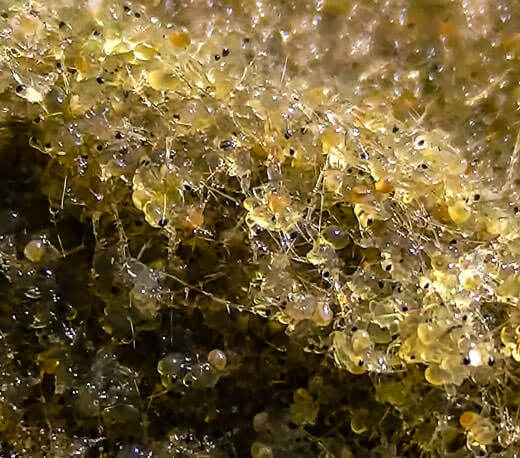
Hiding from Heat
Every year, just after the shad fly hatch, the herring schools swim up to 20+ kilometres to seek haven in the deep holes of the French river, which reach depths close to 200 feet. These holes are the only place on the entirety of Lake Nipissing where you’ll find a guaranteed thermocline.
Sometimes the only cold water to be found in August is 90 feet down over 170 feet of water! If the oxygen levels near the bottom are depleted the cold-water fish species become sandwiched between a low oxygen level on the bottom and high-water temps on top.
On your sonar, you’ll see a dark dense band of bio-mass between 90 feet and 120 feet depending on the severity of the summer temps. When the cold strong winds of fall begin to churn the water, oxygen and cool temperatures are once again introduced back into the holding depths of the herring, signalling them to rise and make their way to the spawning sites and shad fly hunting grounds, thus completing their yearly cycle.
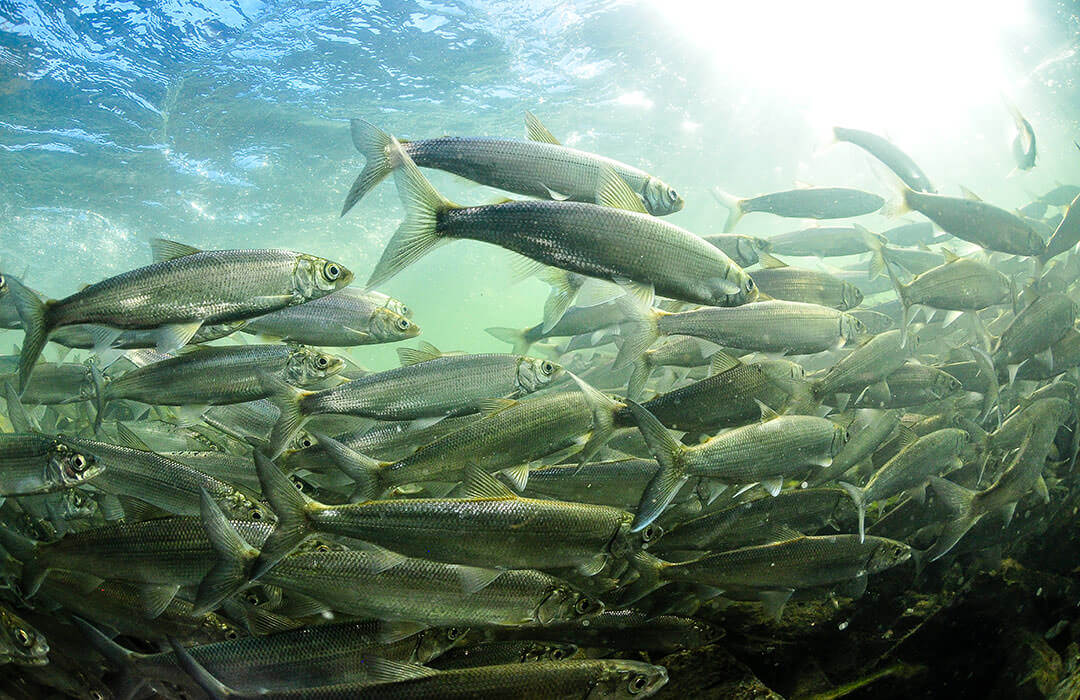
Solving for X
Now, if you’re a big fish hunter like myself you’ll want to insert your quarry into this equation. The biggest pike and muskies in any system are cool water animals, unlike their hammer handle off-spring, and seem to be nomadic or pelagic like the food they follow. During much of the summer and early fall calendar periods, the largest muskies and pike in the system are rarely encountered. The places they frequent are out of range of most anglers. However, as signalled by the colder weather of later September through October, those same pike and muskies will return closer to shore to feed and over-winter near their spawning areas.
Muskies' Fall Movements Begin in September
An interesting margin of activity occurs in September and early October: it's the beginning of muskies' fall movements. Because the cooler water temps are favourable to the big toothy critters, they seem to migrate first, just before the schools of herring. Upon arrival at or close to their destination, they’ll feed aggressively on the available target species, such as schooling smallmouth bass and walleye.
Also occurring is the colder water’s effect on the shallow vegetation. Weed beds begin to die off, thus exposing many of the year’s bait fish that lived there throughout summer. That’s the bite we usually equate with the first cold snap of September through into early October.
Good luck out there and best fishes!
Have you ever stopped to consider muskies' fall movements? Was your personal best caught during the fall or earlier in the year? Let us know in the comments below.

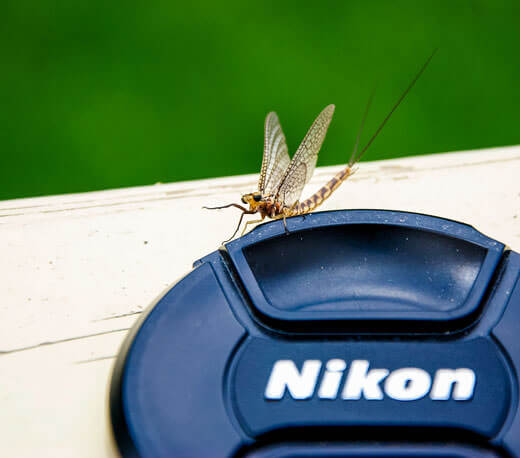

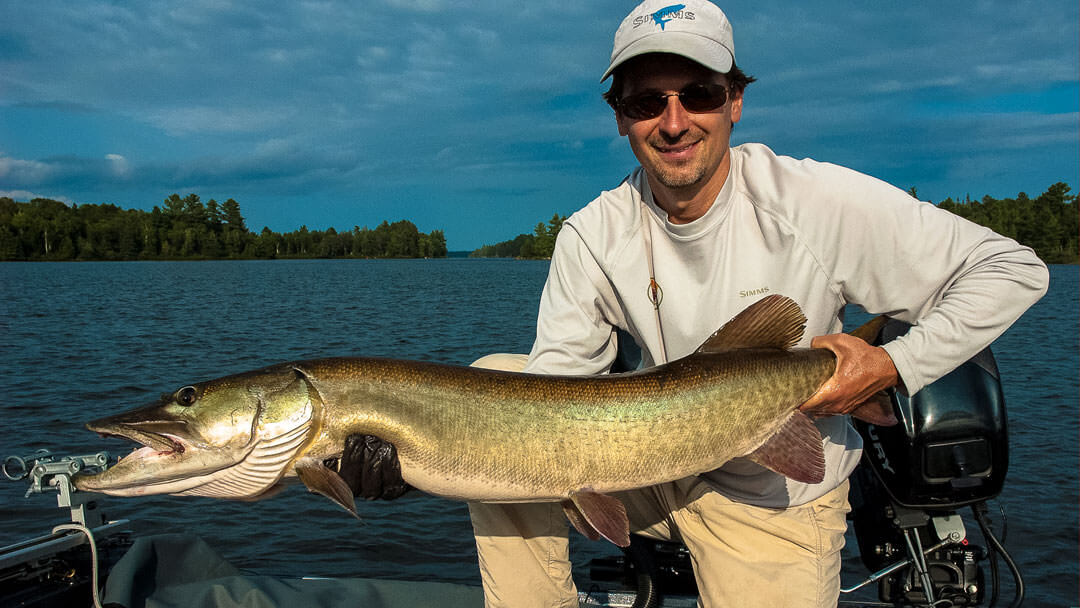

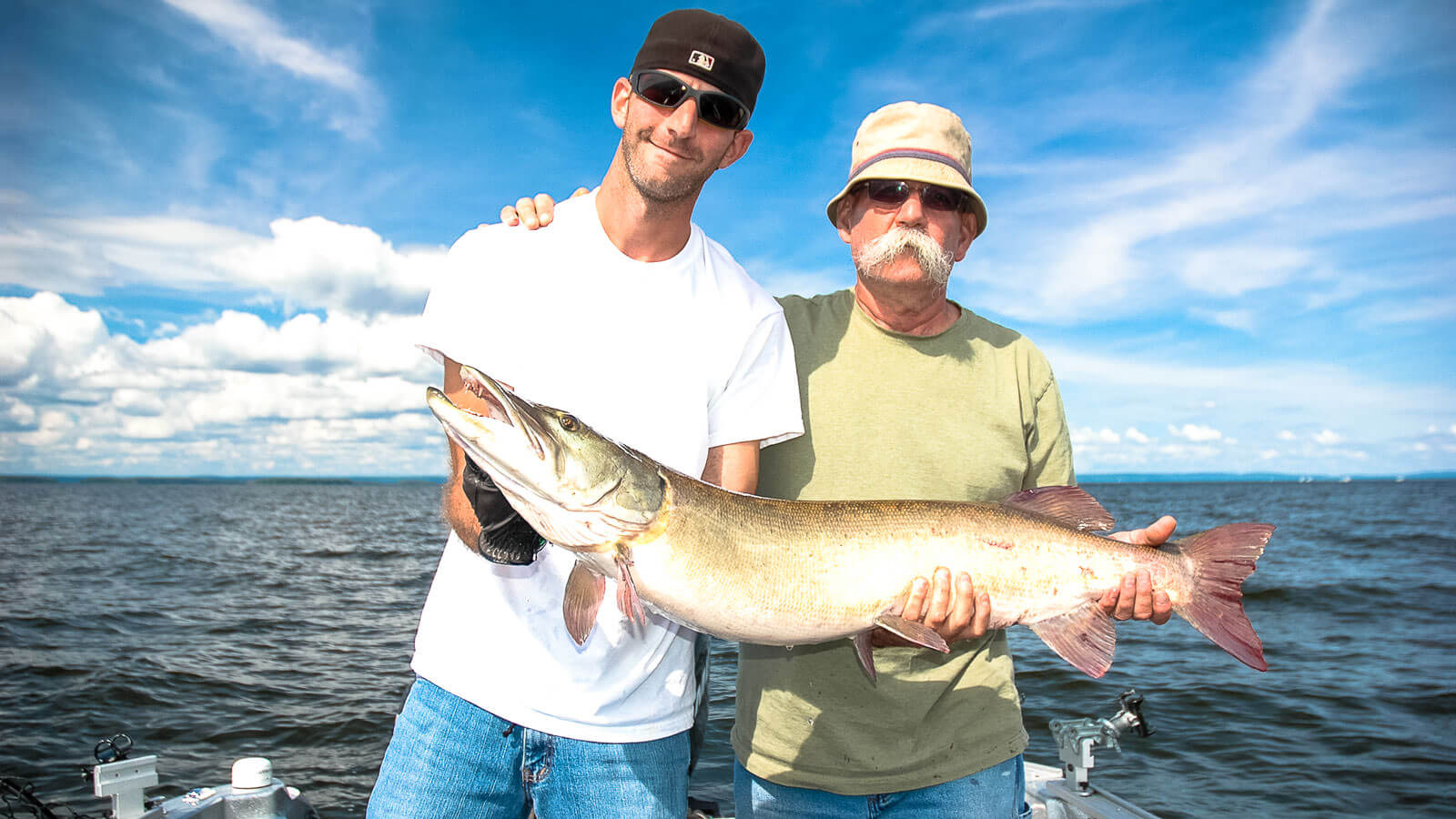
Understand big fish will chase lake herrings, but how can I find out herrings at first? Thank you very much!
First, you have to find out if they’re even in the body of water you intend to fish. Your local MNR records should reveal that. Most deep Canadian shield lakes (deeper than, say, 80 feet, or heavily spring fed lakes will offer the cold conditions these baitfish thrive in. Assuming you DO have lake herring in your lake, they are a cold water species that spawn in late fall. They’ll start staging by mid October into November when the water temps are in the low 40 degree F range. Herring will spawn around the full moon period in water sometimes a few feet deep on shallow rock humps near deep water. The more gravel or broken rock on top, the better. You can see them by day hovering around 20 to 40 feet down beside a shallow spawning reef. They’ll rise up and spawn on top of the reef at night. The muskies will be there waiting either suspended off the hump over deep water by day, belly to the bottom in 20 feet of water, or right up near the 1st drop leading to the spawning shallows. Watch for the wind to be blowing in off the main lake onto the spawning reef. I hope this helps.